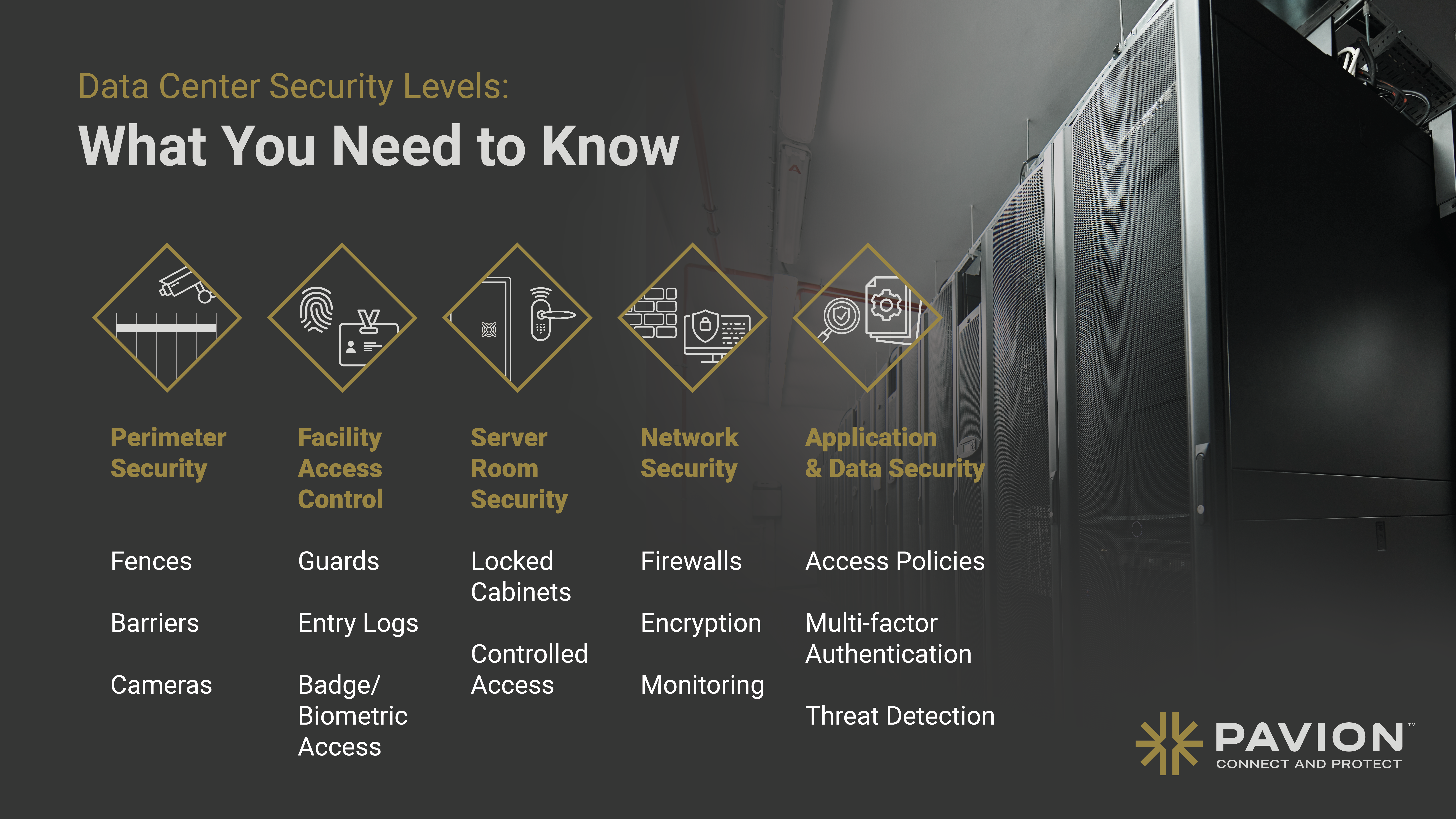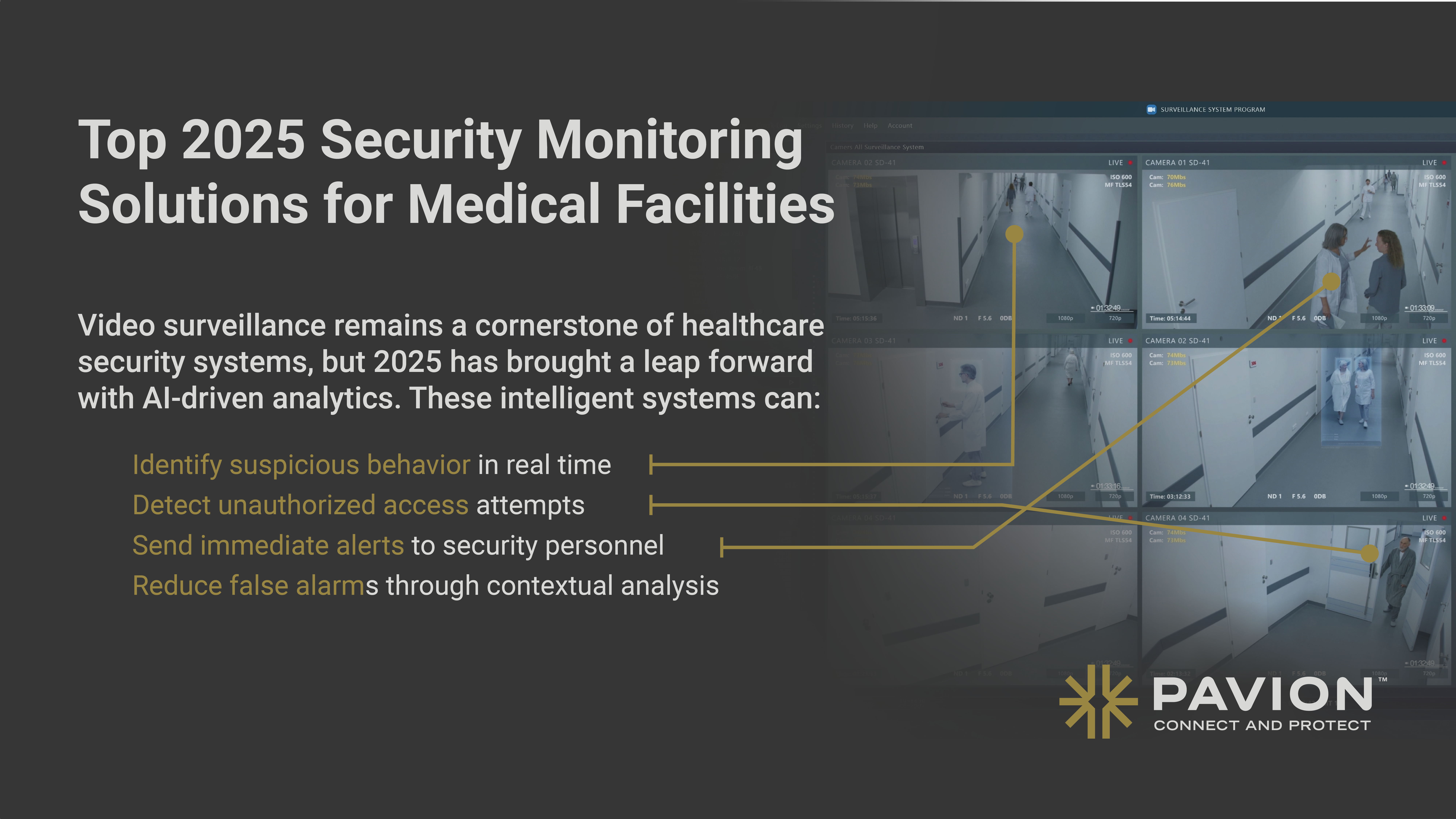
Cost-Benefit Analysis of Implementing DAS in Large Facilities
In today’s technologically advanced era, the importance of robust and reliable communication networks cannot be overstated. Distributed Antenna Systems (DAS) have emerged as a leading solution to enhance wireless connectivity in large facilities. However, before implementing such a system, it’s crucial to conduct a comprehensive cost-benefit analysis. This article will delve into the intricate details of DAS, its benefits, and the financial implications of its implementation.
Understanding Distributed Antenna Systems (DAS)
Distributed Antenna Systems, or DAS, is a network of spatially separated antenna nodes connected to a common source. These systems serve to enhance wireless coverage within a specific area or structure. The primary purpose of DAS is to ensure a strong and consistent wireless signal in areas where coverage is otherwise weak or non-existent.
As a company that specializes in this field, Pavion understands the importance of a reliable DAS in large facilities. We have extensive experience in designing and implementing DAS solutions tailored to specific facility requirements.
The Need for DAS in Large Facilities
Large facilities, such as hospitals, universities, and corporate buildings, often struggle with wireless connectivity. The size and structure of these buildings can create dead zones where wireless signals are weak or non-existent. This can be a significant issue, especially in emergency situations where communication is critical.
DAS can effectively eliminate these dead zones, ensuring consistent and reliable wireless coverage throughout the facility. This can significantly enhance the efficiency of operations and improve the overall user experience.
Benefits of Implementing DAS
Implementing DAS in large facilities comes with a host of benefits. These systems not only enhance wireless coverage but also improve the quality of the signal. This can significantly improve communication and operations within the facility.
Moreover, DAS can support multiple carriers and frequencies, making it a versatile solution for large facilities with diverse wireless needs. This multi-carrier capability also ensures that the system can adapt to future technological advancements, providing a future-proof solution.
Improved Emergency Response
One of the key benefits of DAS is its ability to enhance emergency response capabilities. In large facilities, effective communication is crucial during emergencies. With a robust DAS in place, emergency signals can be transmitted seamlessly, ensuring a swift and effective response.
For instance, fire control panels like EST3 and EST4 manufactured by Edwards, which unify fire alarm, smoke control, security, and mass notification systems, can significantly benefit from a DAS. The enhanced wireless coverage ensures that these systems can function optimally, enhancing safety within the facility.
Cost Implications of Implementing DAS
While the benefits of DAS are clear, it’s crucial to consider the financial implications of implementing such a system. The cost of DAS can vary significantly depending on the size and complexity of the facility, the type of DAS (passive, active, or hybrid), and the specific requirements of the facility.
However, it’s important to note that the initial investment in DAS can be offset by the long-term benefits. Enhanced wireless coverage can improve operational efficiency, potentially leading to cost savings in the long run. Moreover, the improved emergency response capabilities can prevent costly damages and losses in the event of an emergency.
Cost-Benefit Analysis
A comprehensive cost-benefit analysis can provide a clearer picture of the financial implications of implementing DAS. This analysis should consider all potential costs, including equipment, installation, maintenance, and potential upgrades. On the benefit side, the analysis should consider factors such as improved operational efficiency, enhanced safety, and potential cost savings.
While the upfront costs of DAS can be significant, the long-term benefits often outweigh these initial expenses. As such, DAS can be a worthwhile investment for large facilities looking to enhance their wireless coverage and improve their operational efficiency.
Conclusion
Implementing a Distributed Antenna System in large facilities can significantly enhance wireless coverage, improve operational efficiency, and enhance emergency response capabilities. While the initial investment can be substantial, a comprehensive cost-benefit analysis often reveals that the long-term benefits outweigh the upfront costs.

As a company specializing in this field, Pavion is well-equipped to guide you through the process of implementing DAS in your facility. Our expertise and experience ensure that we can provide a solution tailored to your specific needs, ensuring optimal performance and value for your investment.
Take the Next Step with Pavion
Ready to unlock the full potential of your large facility’s wireless connectivity? Pavion is here to help you navigate the complexities of implementing a Distributed Antenna System. Connect with us for a Free System Assessment and discover how our tailored solutions can contribute to your operational success. Let’s enhance your communication infrastructure together.


